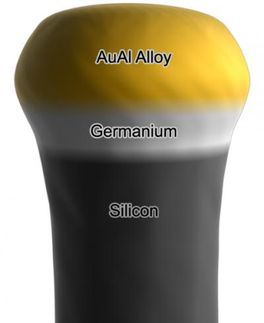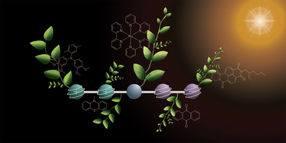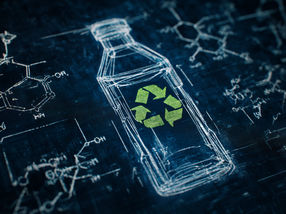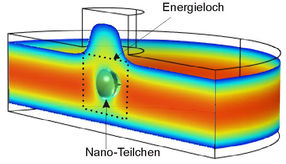Researchers at University of Pennsylvania develop method for mass production of nanogap electrodes
Advertisement
Researchers at the University of Pennsylvania have developed a reliable, reproducible method for parallel fabrication of multiple nanogap electrodes, a development crucial to the creation of mass-produced nanoscale electronics.
Charlie Johnson, associate professor in the Department of Physics and Astronomy and the Department of Materials Science and Engineering at Penn, and colleagues created the self-balancing single-step technique using feedback controlled electromigration, or FCE. By using a novel arrangement of nanoscale shorts they showed that a balanced self-correcting process occurs that enables the simultaneous electromigration of sub-5 nm sized nanogaps. The nanogaps are controllably formed by carefully applying an electric current which pushes the atoms of the metallic wire through the process of electromigration.
In the study, the researchers described the simultaneous self-balancing of as many as 16 nanogaps using thin sheets of gold and FCE methodology originally developed at Penn. Using electron-beam lithography, Penn researchers constructed arrays of thin gold leads connected by narrow constrictions that were less than 100 nm in width. Introducing a voltage forced electrons to flow through these narrow constrictions in the gold, meeting with greater resistance as each constriction narrowed in response to electromigration. The narrower the constriction, the more the electrons were forced to the other, wider constrictions, in order to take a path of least resistance. This balanced interplay ensured that the electromigration process occurred simultaneously between the constrictions. After a few minutes, the applied electrons narrowed the constrictions until they opened to form gaps of roughly one nanometer in size with atomic-scale uniformity. By monitoring the electric-current feedback, researchers could adjust the size of the nanogaps as well.
Most read news
Other news from the department science

Get the chemical industry in your inbox
By submitting this form you agree that LUMITOS AG will send you the newsletter(s) selected above by email. Your data will not be passed on to third parties. Your data will be stored and processed in accordance with our data protection regulations. LUMITOS may contact you by email for the purpose of advertising or market and opinion surveys. You can revoke your consent at any time without giving reasons to LUMITOS AG, Ernst-Augustin-Str. 2, 12489 Berlin, Germany or by e-mail at revoke@lumitos.com with effect for the future. In addition, each email contains a link to unsubscribe from the corresponding newsletter.
Most read news
More news from our other portals
Last viewed contents

Flexicon to Double U.S. Headquarters
Scale-invariant resistivity in cuprates
A new measure of global warming from carbon emissions
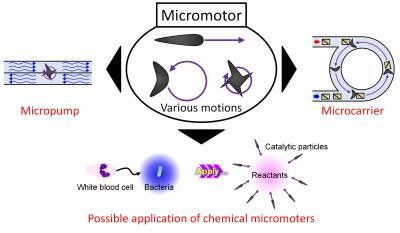
Newly discovered mechanism propels micromotors - Tiny clusters of particles zip forward, spin, or circle depending on their shape




